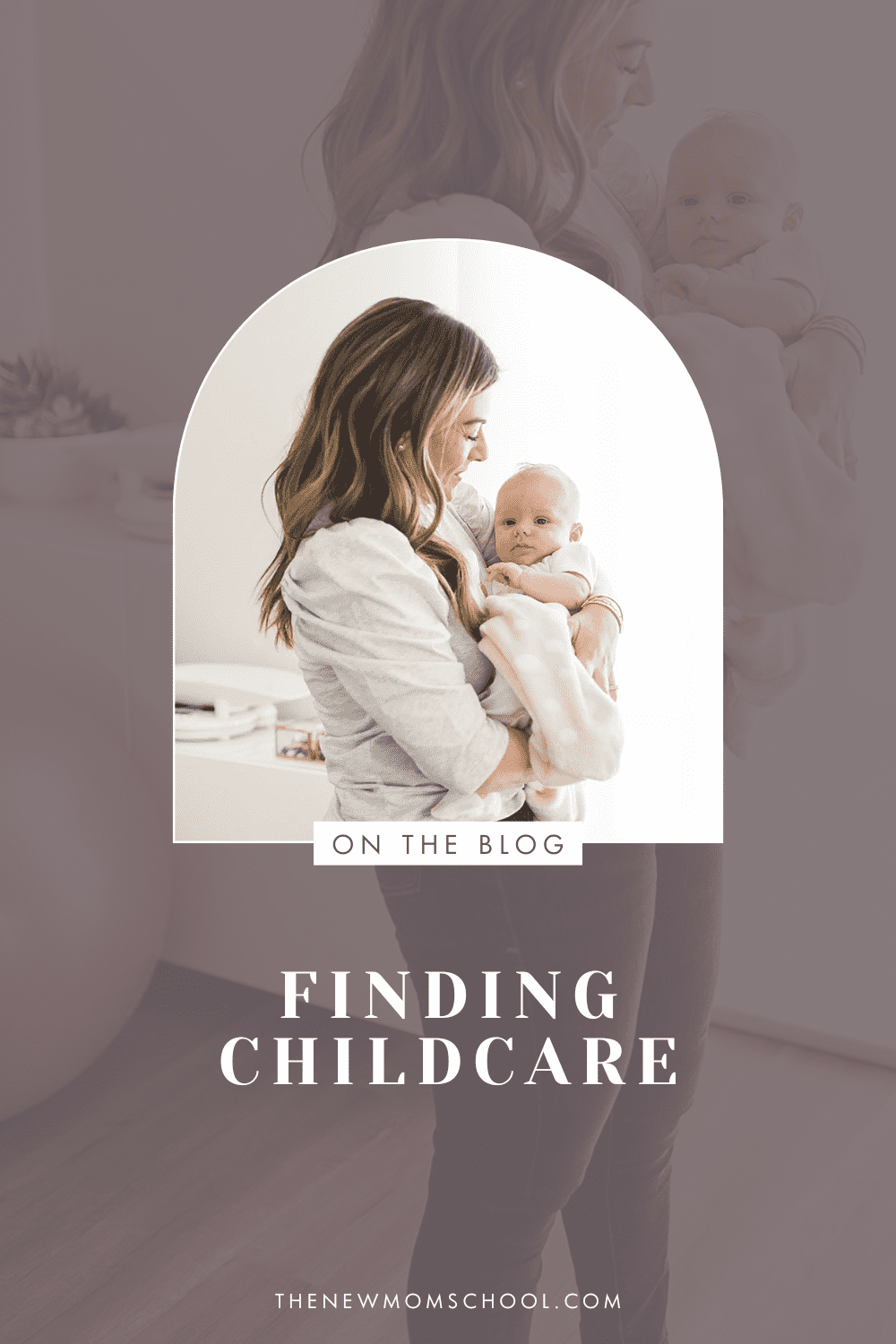Cynthia Baker, PhD has over 15 years experience providing psychotherapy and psychoeducation for parents and their children. As an expert on the use of gentle discipline and attachment parenting, she has helped hundreds of parents work through challenging times with their children by teaching them how to parent in a more honest, empathic and effective manner, ultimately helping their children thrive. She has expertise in postpartum adjustment, including depression and anxiety, and works extensively with new mothers and their families. She earned her PhD from the University of Michigan in 1999 and has a private practice in Newport Mesa, California. Visit her website at www.cynthiabakerphd.com to learn more about her and her practice. We think she is fabulous!
Finding Childcare
By Cynthia Baker, PhD
Question: My husband and I are struggling with the decision of whether I should go back to work now or stay at home longer with our 9 month old baby. What’s best for our baby? And if I decide to go back to work, how do we find the right childcare for her?
In my private practice, I often work with young couples dealing with the stresses and joys related to the transition to parenthood. One of the many important decisions to be made during this time is whether Mom (or Dad) should continue to stay home with baby after a few months maternity (or paternity) leave.
There’s no definitive “right” answer. Some research indicates that high quality daycare can have a more positive impact on a child’s cognitive and social development compared to staying at home with mom or dad. However, those effects “wash out” if children spend more than 35 hours a week in childcare, and we see even poorer social and cognitive development in children who receive low quality care.
Given this, how can parents decide? As part of the decision making process, I encourage parents to consider what will make them – the parents – happiest and most fulfilled. What is their vision for their family? What is their dream for themselves? The reason for parents to consider their own happiness is this: Research indicates that parental depression has a significant negative impact on a child’s psychological functioning and social, emotional, and cognitive development. In short, having happy, fulfilled parents increases the chances that a child will develop in happy and healthy ways.
While 62 percent of children in California under age 5 are in at least part time childcare, only 1 in 7 childcare programs provides high quality care that promotes healthy development and learning. Therefore, if parents decide that they both want or need to go back to work, they must make concerted effort to find high quality childcare that fits their budget and other needs. Here are some useful tips to help.
The first step is finding programs to visit. Start by asking friends, family and neighbors for recommendations. You can also look online for programs near you. Call each facility which interests you and schedule a visit. To limit distraction, do not take your child with you on your initial visit. Be sure to take a notepad and paper.
A few key questions to ask and answers to find during your visit:
- Is the approach and philosophy of the program related to child development? For infants and toddlers the focus should be on helping the children develop trust and feel safe in the world, while preschoolers should be learning through play and exploration. Also ask what they do when an infant cries for an extended period and they “have tried everything”. Ideally you should also see caretakers using slings or carriers to keep the babies close physically.
- What is the caregiver to child ratio? For infant care, look for the caregiver to baby ratio to be 1 to 4 or better. For two year olds, state regulations require a 1 caregiver to 12 children ratio but can you really imagine one adult caring for 12 two year olds?
- What are the caregivers doing to engage the children? Observe the classroom for at least an hour. You want to see caregivers on the floor interacting – playing, reading, smiling and talking – with the babies (rather than to each other). There should be no television in the infant, toddler or preschool rooms.
- Is the facility clean and does it have adequate space? The facility must be clean, and caregivers should frequently wash their hands. An infant room should have a no shoes inside policy, and ideally toys should be cleaned twice a day and rinsed off not just sprayed and wiped. Infants also need a quiet and clean space to feed and nap.
- What is their policy on parents’ observing the children? The facility should have a open door policy, and ideally observation rooms should be available for parents to watch their child at any time without caregivers knowing (i.e. one-way mirrors).
- What is the staff turnover rate? Low staff turnover illustrates staff are happy in their positions. Your child will benefit from the regular rhythm and routine of consistent caregivers. Ask the director how she supports staff to reduce burnout and retain good employees.
- Is the program accredited and do staff have credentials and continue education requirements? Look for a center approved by the National Association for the Education of Young Children which demonstrates the program is dedicated to providing high quality care. Staff should be knowledgeable about infant development and attachment, and continuing education should be required.
- How do the caregivers communicate with the parents? You want to know how and when caregivers communicate with parents about routine matters (e.g., what did she eat for lunch, how did he sleep today) and non-routine issues (e.g., sleeping habits, developmental concerns)?
- What is their sick policy and how do they enforce it? You want to see a firm policy that is strictly enforced.
- What is the curriculum for “older children”? During your visit, ask to see the older child rooms. Since your child will likely continue on you want to see that the ratios stay low and that the teachers are continuing to support your child’s development through different forms of play and social interactions.
Once you have selected a program, try to ease into the new routine. Start back to work part time if possible. Also, consider flexing your schedule to limit the use of the childcare to 35 hours a week or less. For example, you can go into work early while your spouse drops off and then you can pick up while your spouse works later into the day. Such “flexing” will limit the childcare day to 6-8 hours instead of the more typical 8-10 hours. Those few extra hours of mommy and daddy time are really beneficial to parents and babies alike.
Give your family time to adjust to the new routine and expect some difficult days initially. After 3 months evaluate how well the program is meeting your needs. And of course always observe your baby to make certain she is thriving as expected. Good luck!

